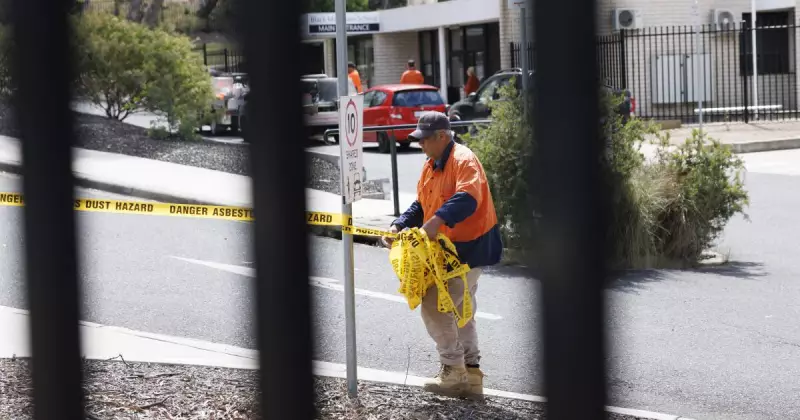
Canberra Schools Close Amid Coloured Sand Recall
Nearly all primary schools in the Australian Capital Territory were forced to close their doors on Monday after a nationwide recall of coloured play sand due to asbestos contamination. Education Minister Yvette Berry stated it could take several days for schools to be declared safe for students to return.
What Products Are Affected and Where Were They Sold?
The Australian consumer watchdog initiated the recall last week for several types of coloured sand, a popular product for children's art and sensory play. The recall was triggered after laboratory testing detected tremolite asbestos, a naturally occurring form of the hazardous material. Furthermore, Worksafe ACT reported finding traces of chrysotile asbestos in one specific product, Kadink decorative sand.
All affected products originated from China and were sold by major national retailers, including Woolworths and Officeworks, between the years 2020 and 2025.
Expert Opinion: Should Parents Be Worried?
According to Associate Professor Anthony Linton, a cancer specialist and researcher into asbestos-related diseases, parents should not be overly alarmed. "The risk for children and families is going to be very small," he stated. "The odds of developing an asbestos-related disease from any exposure in this particular scenario are very low."
Professor Linton explains that the asbestos found in the sand is not in a respirable form, meaning it cannot easily be breathed in during normal play. It would require significant mechanical force, like crushing or pulverising the sand, to release the dangerous fibres into the air.
Why the Precaution if the Risk is Low?
Despite the low immediate risk, authorities are taking the situation extremely seriously due to Australia's tragic history with asbestos-related diseases. Approximately 4,500 Australians die each year from illnesses caused by asbestos exposure, such as mesothelioma and lung cancer, which can emerge 20 to 50 years after the initial exposure.
This long latency period is why experts urge caution and why schools are undergoing rigorous safety checks. The goal is to eliminate any potential risk, especially for children.
What to Do If You Have the Sand at Home
If you have the recalled coloured sand in your home, it is crucial to dispose of it safely. Do not simply throw it in your regular household bin.
For unopened containers: Place them inside a heavy-duty plastic bag, seal it securely with tape, and take it to a facility that accepts asbestos waste.
For loose sand: Wipe it up with a damp cloth while wearing protective gloves and a mask. Then, place the cloth and any residue into a heavy-duty plastic bag, seal it with tape, and dispose of it as asbestos waste. If you are unsure, contact a professional asbestos removalist for advice.
For detailed disposal instructions, consult the websites of Worksafe ACT or Australia's asbestos eradication agency.
A Timely Warning on a Persistent Danger
This incident serves as a stark reminder that asbestos remains a threat, even though it was banned in Australia over two decades ago. The substance is still present in about one-third of Australian homes and was a common building material in many public structures.
This recall coincidentally occurs just before Asbestos Awareness Week, highlighting the need for continued vigilance to ensure this deadly material is kept out of our communities and away from our children.





